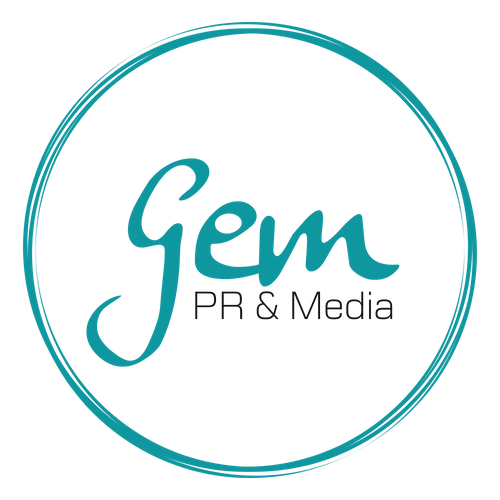Newsletters are an effective way to get your message out to a captive audience. However, I would highly recommend that you go for an e-newsletter over a traditional one. Cost effectiveness, increasing engagement with your target audience, and the ability to measure the success of your newsletter are major reasons for sending by email.
The key to successful e-newsletters is:
1. Having a ready-made, captive, database for past, current, and potential clients. Newsletters allow you to remind past clients of your continued existence, developments, and new offerings. It’s always good to keep your current clients/customers updated about your activity and efforts. And, with potential clients, it’s another great marketing tool.
2. Interesting content is vital. If you’re able to create content that’s not just interesting, but also informative or educational then all the better.
3. If you say you’re going to send out your e-newsletter monthly, or quarterly, make sure you stick to your timetable. The worst thing you can do is begin sending out great content only to let it fall by the wayside and leave potential clients disappointed – thinking that you’re a flake.
4. Evaluation. Make sure you are measuring the success of each e-newsletter. Which stories/articles are you getting feedback on? Which links are getting the most clicks? This will inform decisions about how you proceed with your newsletter.
If you’re thinking about devoting your valuable time to creating and sending out e-newsletters you should have a clear idea about success and what that looks like. What I mean by this is set goals. Is it your intention to drive recipients to your social media platforms? Do you want people to visit your website? Or will you have a direct link to a donation page?
Here are my top tips:
1. Select a single goal for each newsletter – it’s easier to concentrate on one aspect of your marketing campaign and you won’t get bogged down when it comes to content creation.
2. Align the goals of your e-newsletter with your marketing/PR strategy and objectives.
3. Generally, the first link in the e-newsletter gets the highest number of clicks.
4. Don’t bombard people with information. Make stories short and to the point. Use photos and graphics to illustrate, and create, a theme.
Don’t panic when it comes to content. Here are a few ideas:
1. Use exerts from your blog page.
2. Create a calendar of forthcoming events.
3. Include information and updates about new services or products.
4. Feature employees, interns or volunteers.
5. Remind your audience of ways to connect with you, for example, links to your social media platforms.
6. Feature case studies.
7. Provide client testimonials.
Whatever you do, have fun with it. Create an engaging reminder of your quality offering, while at the same time providing your readers with the advice they will find useful. Start small and grow as you become more confident. Good luck!

